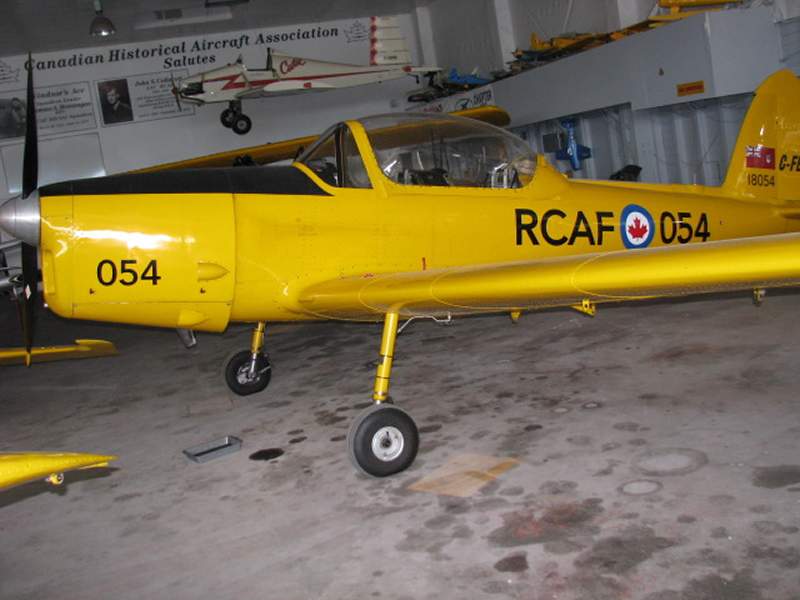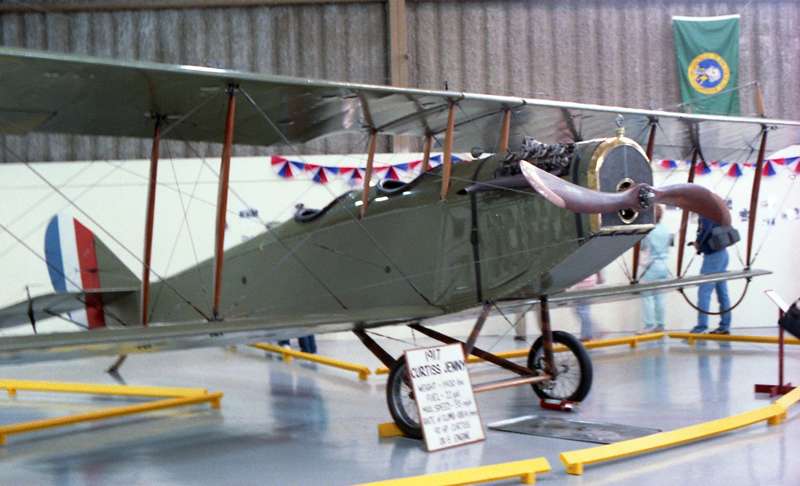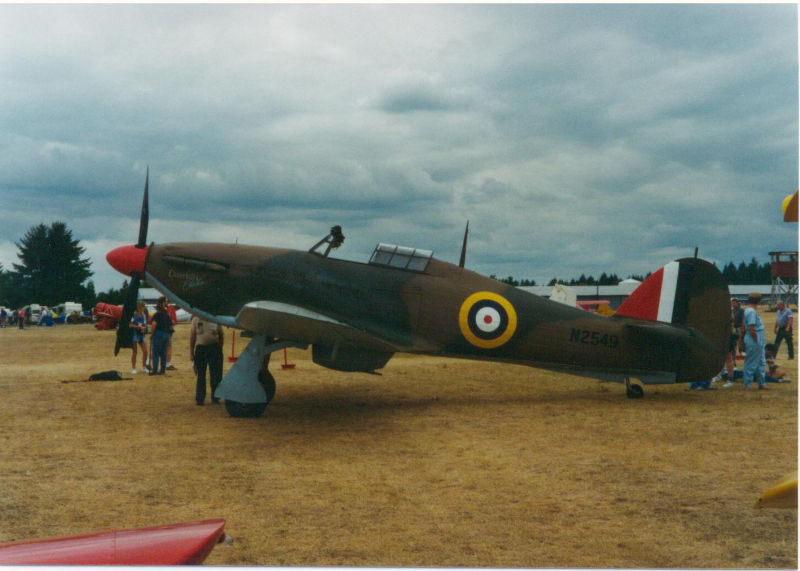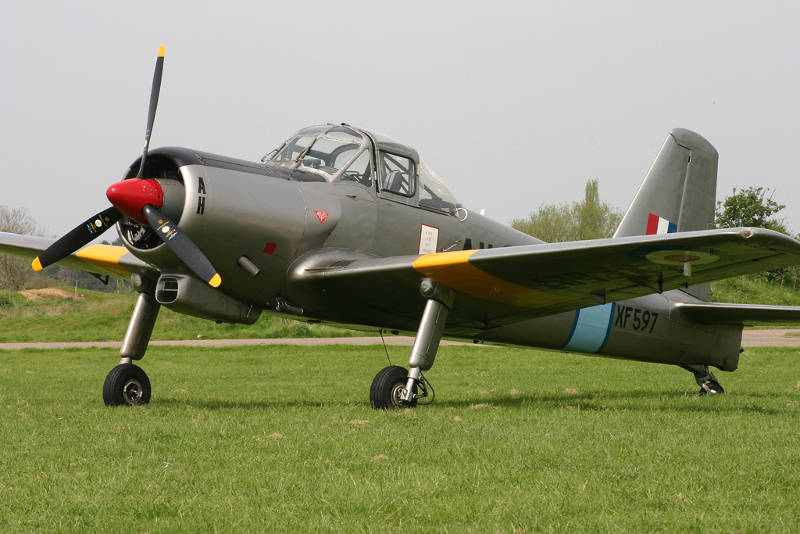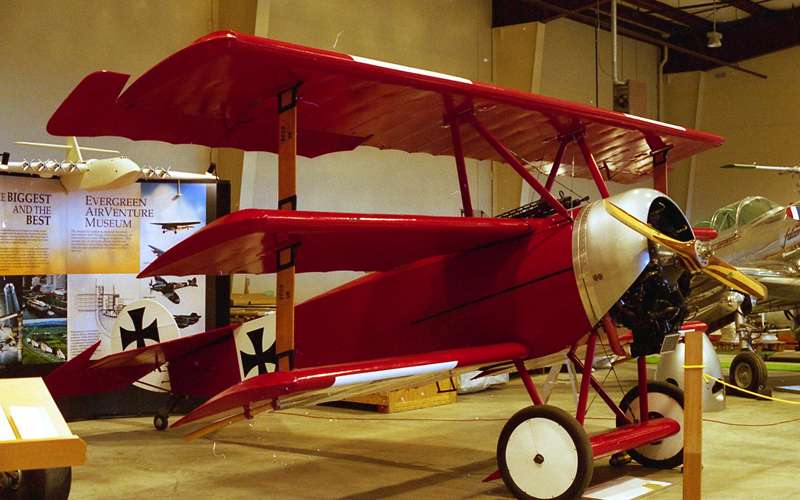
The Fokker Dr.I (Dreidecker, “triplane” in German), often known simply as the Fokker Triplane, was a World War I fighter aircraft built by Fokker-Flugzeugwerke. The Dr.I saw widespread service in the spring of 1918. It became famous as the aircraft in which Manfred von Richthofen gained his last 17 victories (plus two earlier ones in the Fokker F.I prototype in September 1917), and in which he was killed on 21 April 1918. The Fokker Dr.I was flown with great success by many German aces, most notably Josef Jacobs with 30 confirmed kills in the type.
Compared with the Albatros and Pfalz fighters, the Dr.I offered exceptional maneuverability. Though the ailerons were not very effective, the rudder and elevator controls were light and powerful. Rapid turns, especially to the right, were facilitated by the triplane’s marked directional instability.[16] Vizefeldwebel Franz Hemer of Jasta 6 said, “The triplane was my favorite fighting machine because it had such wonderful flying qualities. I could let myself stunt – looping and rolling – and could avoid an enemy by diving with perfect safety. The triplane had to be given up because although it was very maneuverable, it was no longer fast enough.”
Three triplanes are known to have survived the Armistice. Serial 528/17 was retained as a testbed by the Deutschen Versuchsanstalt für Luftfahrt (German Aviation Research Institute) at Adlershof. After being used in the filming of two movies, 528/17 is believed to have crashed sometime in the late 1930s. Serial 152/17, in which Manfred von Richthofen obtained three victories, was displayed at the Zeughaus museum in Berlin. This aircraft was destroyed in an Allied bombing raid during World War II.
In 1932, Fokker assembled a Dr.I from existing components. It was displayed in the Deutsche Luftfahrt-Sammlung in Berlin. In 1943, the aircraft was destroyed in an Allied bombing raid. Today, only a few original Dr.I artifacts survive in museums.
If you would like to read more about this aircraft then click here, also, you can purchase this walk-around by clicking here.
